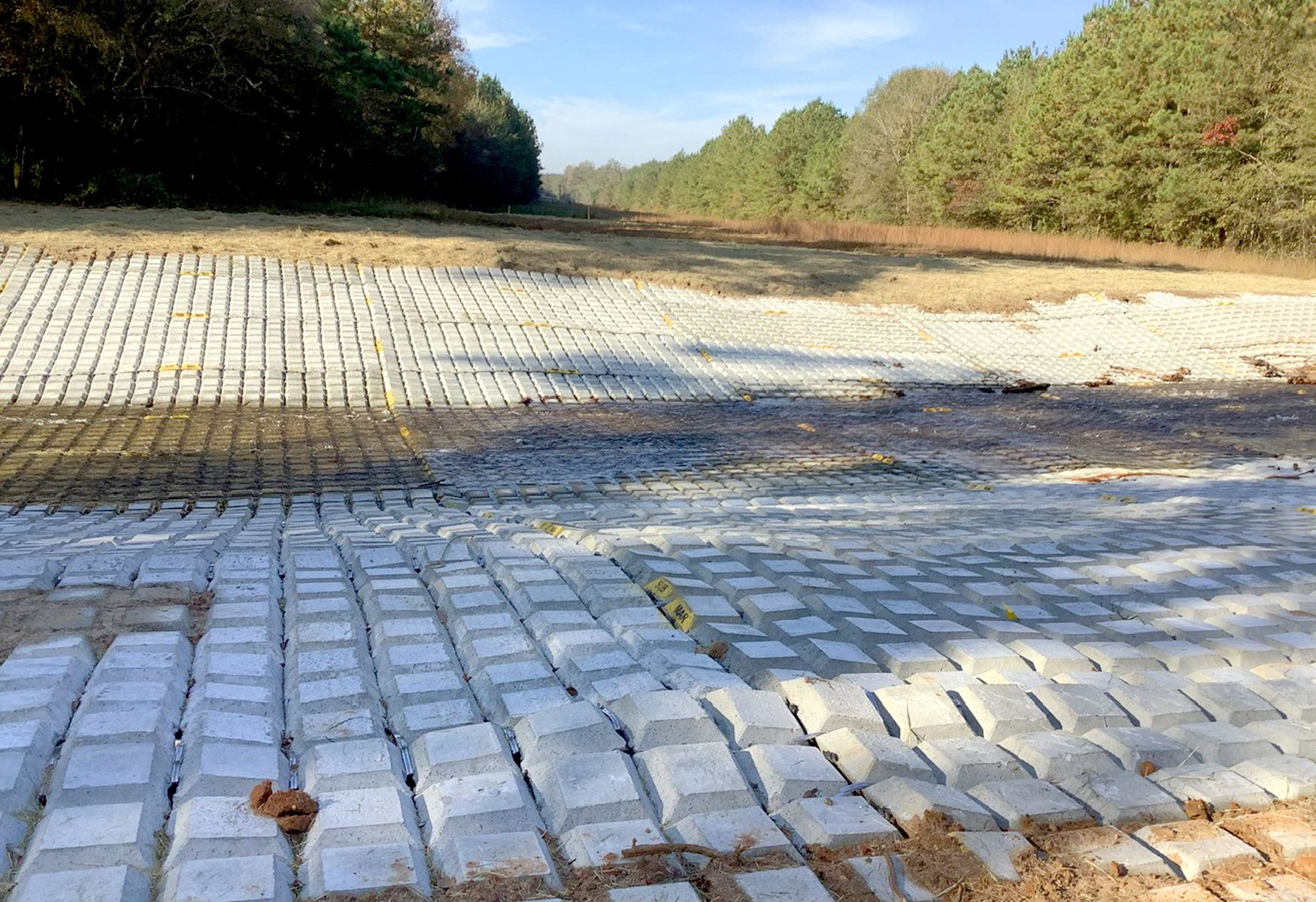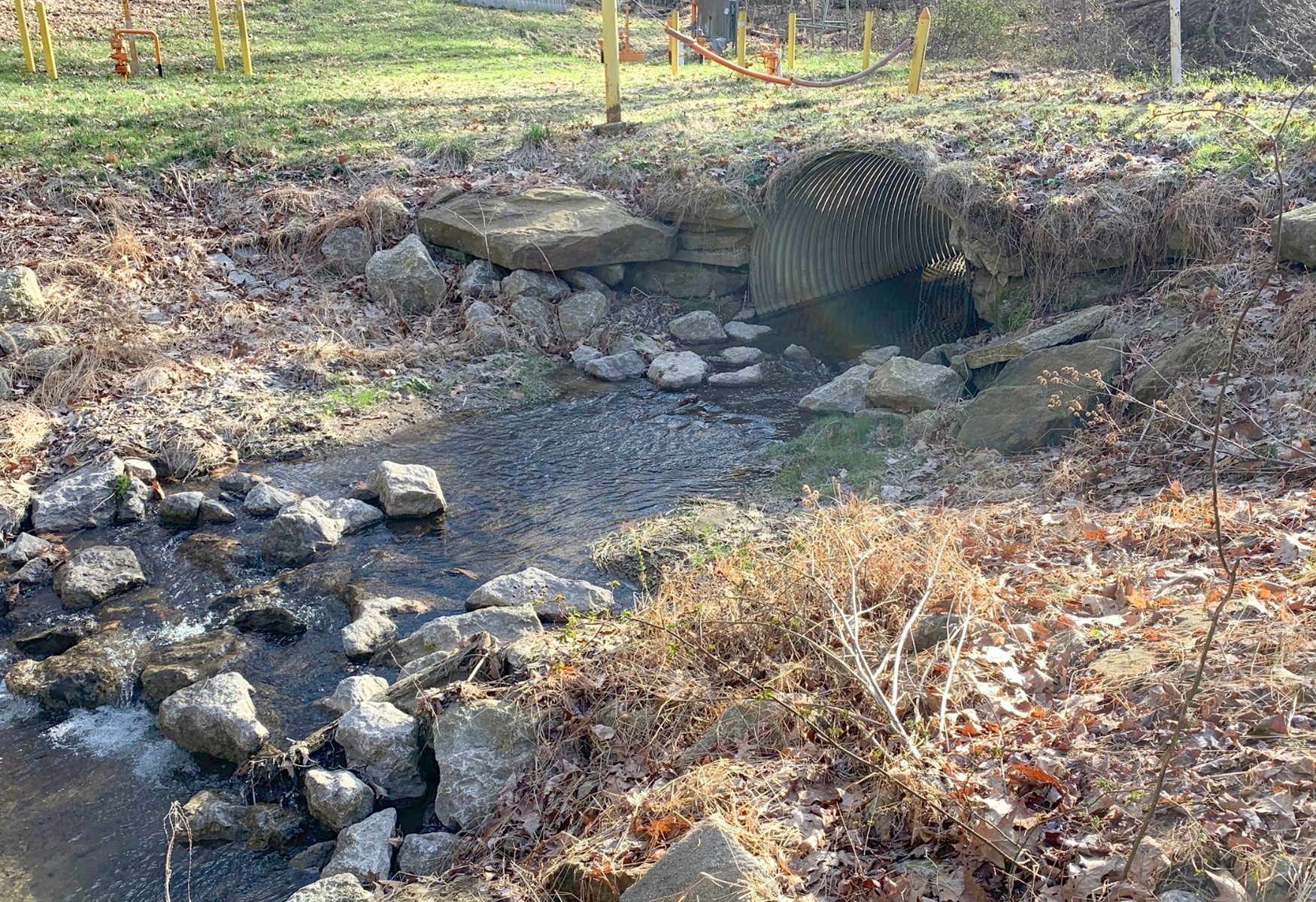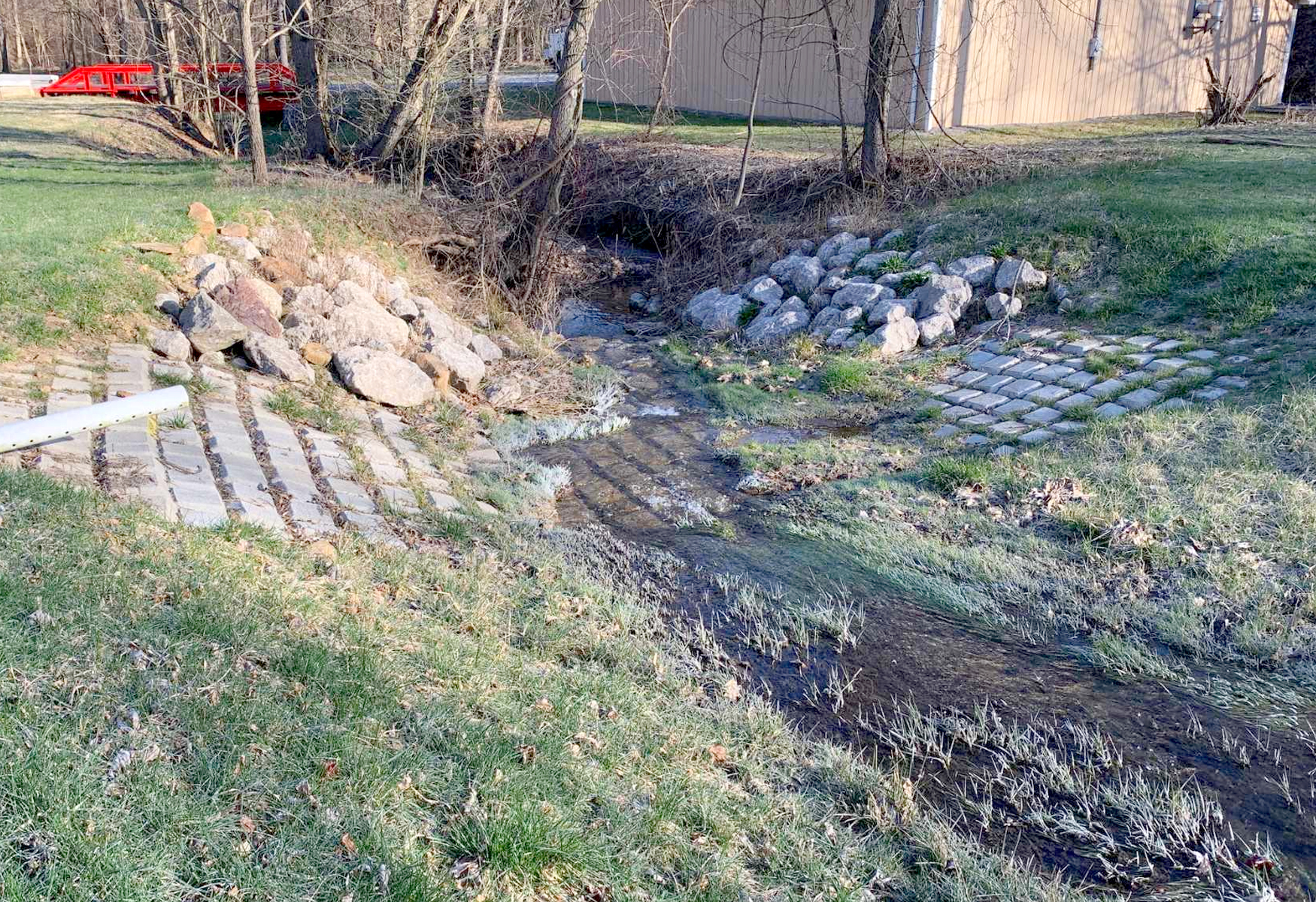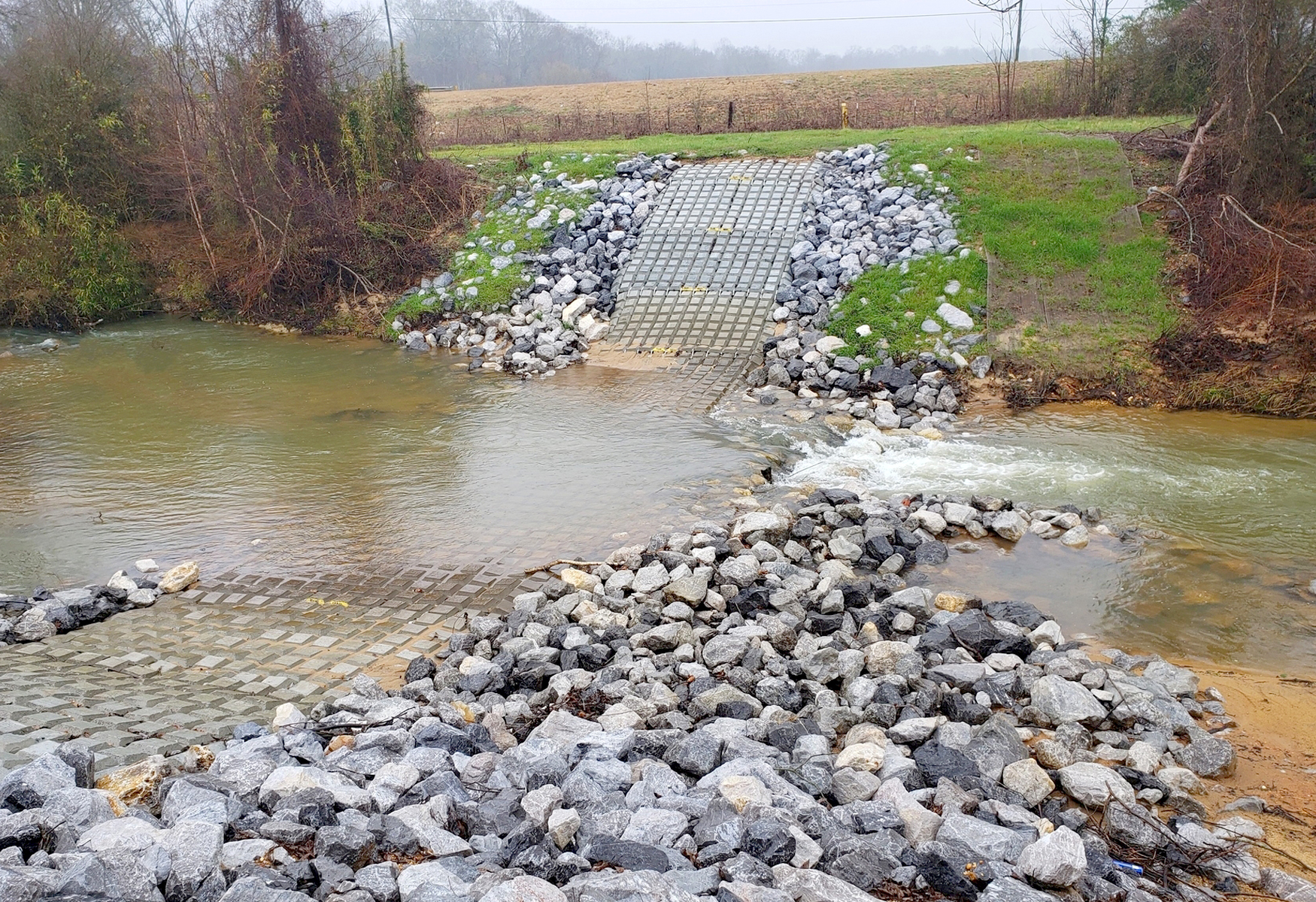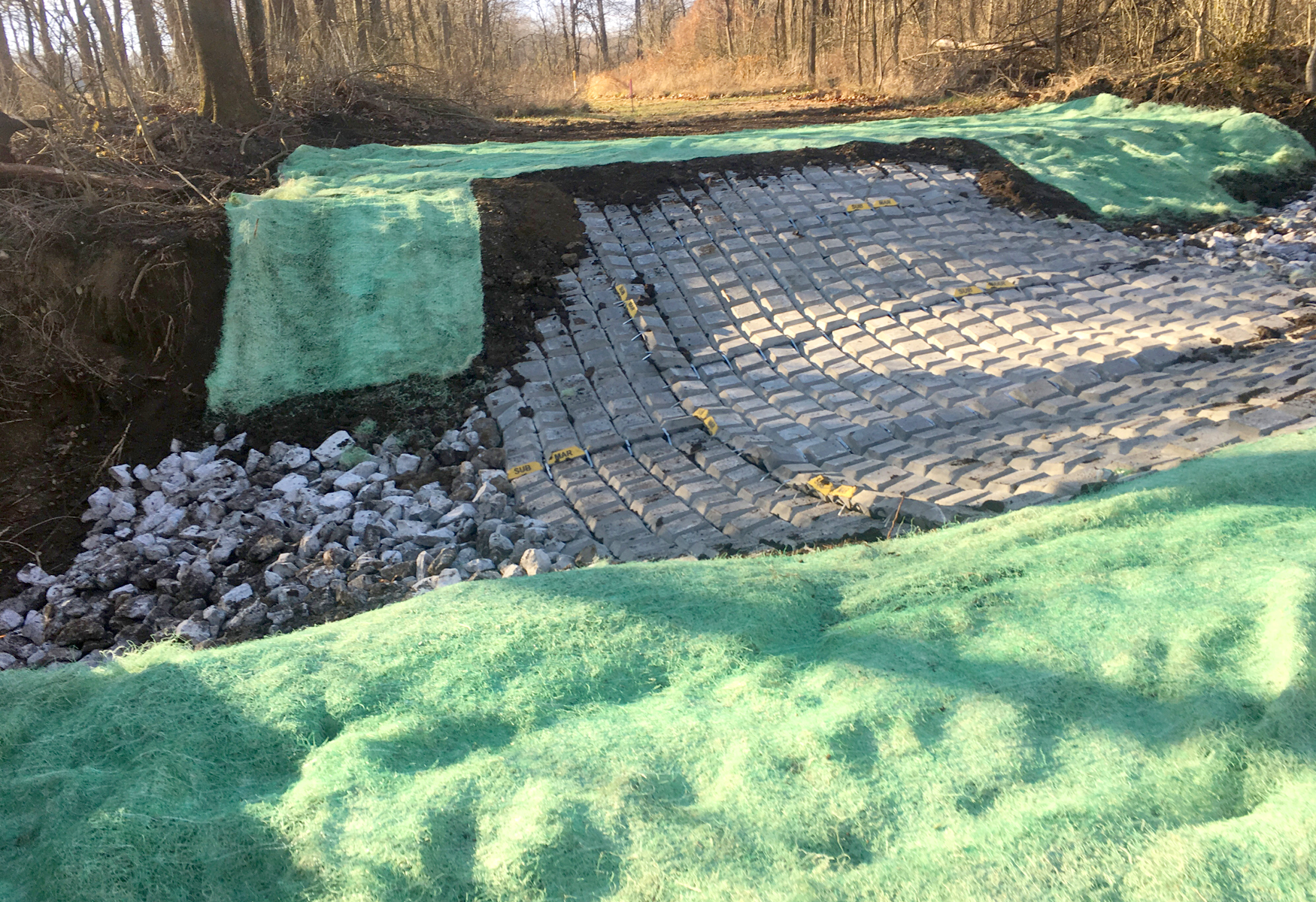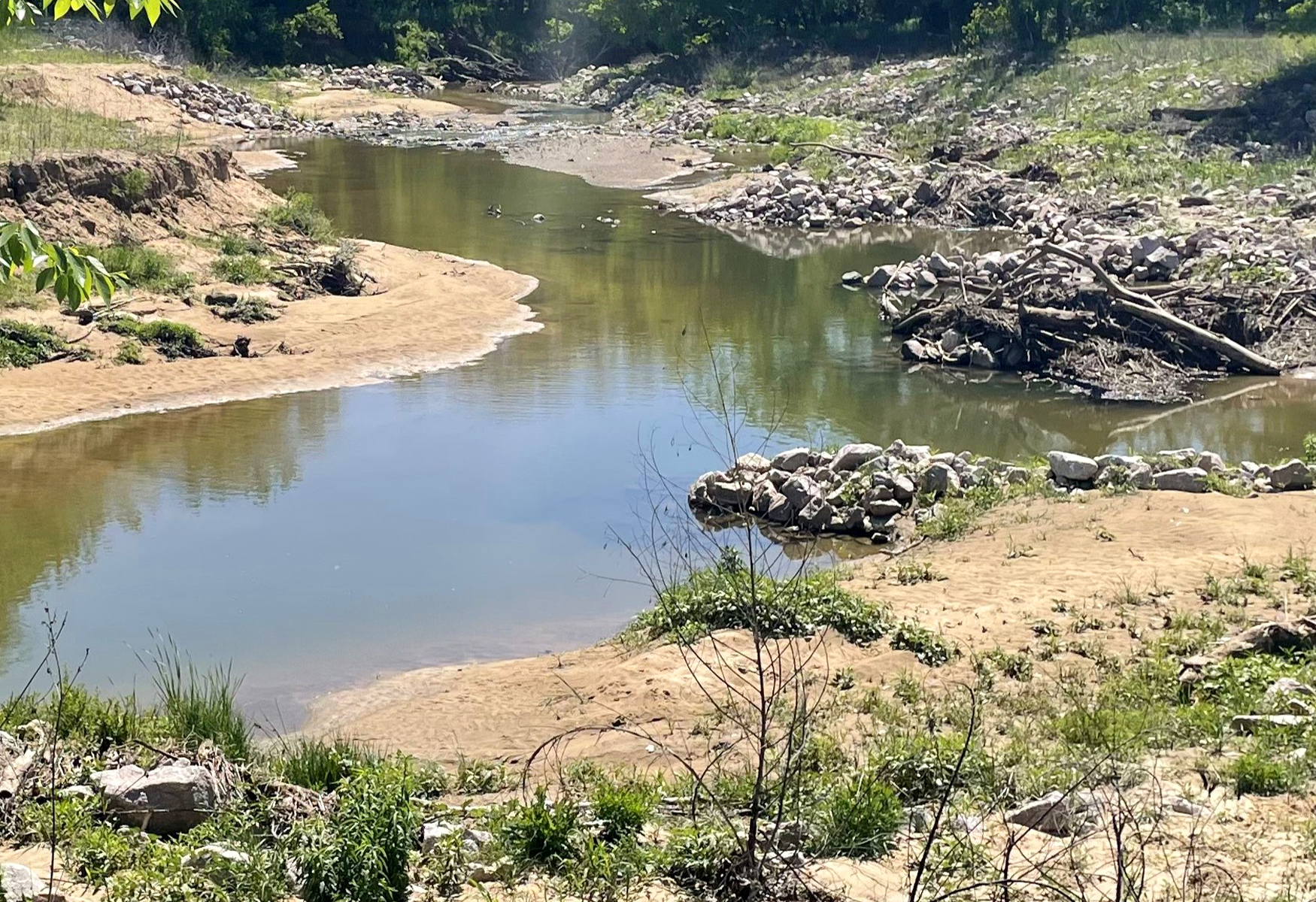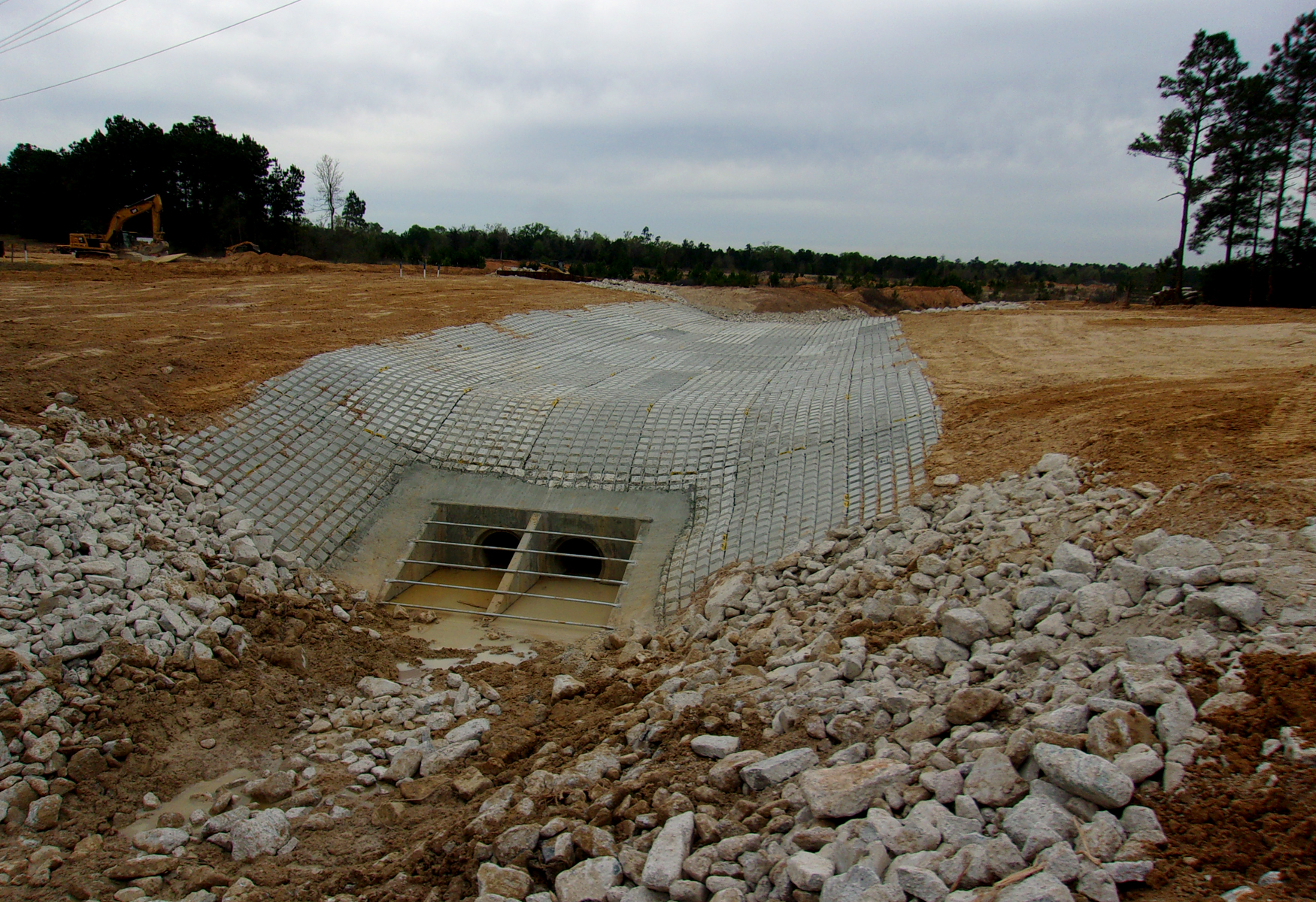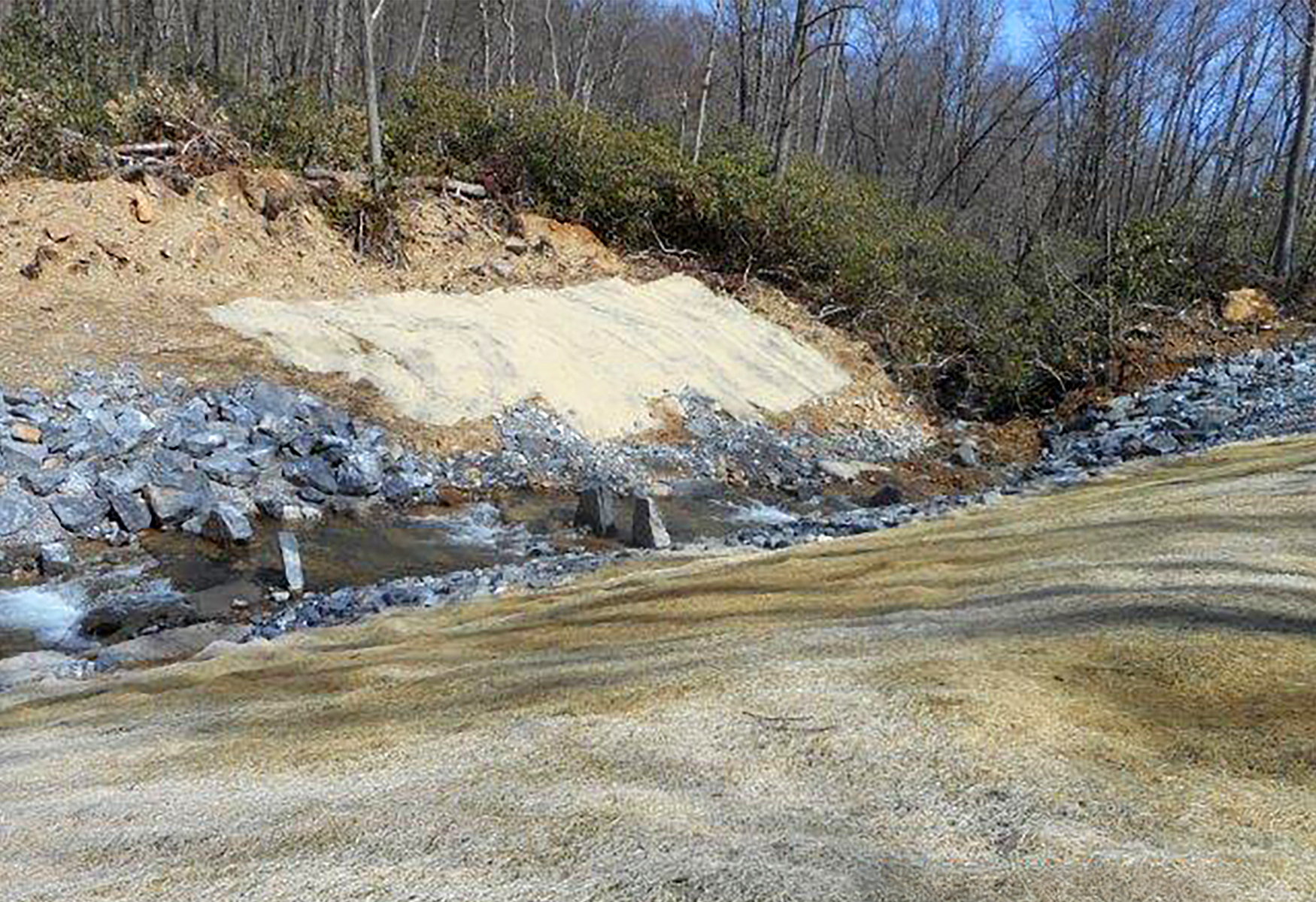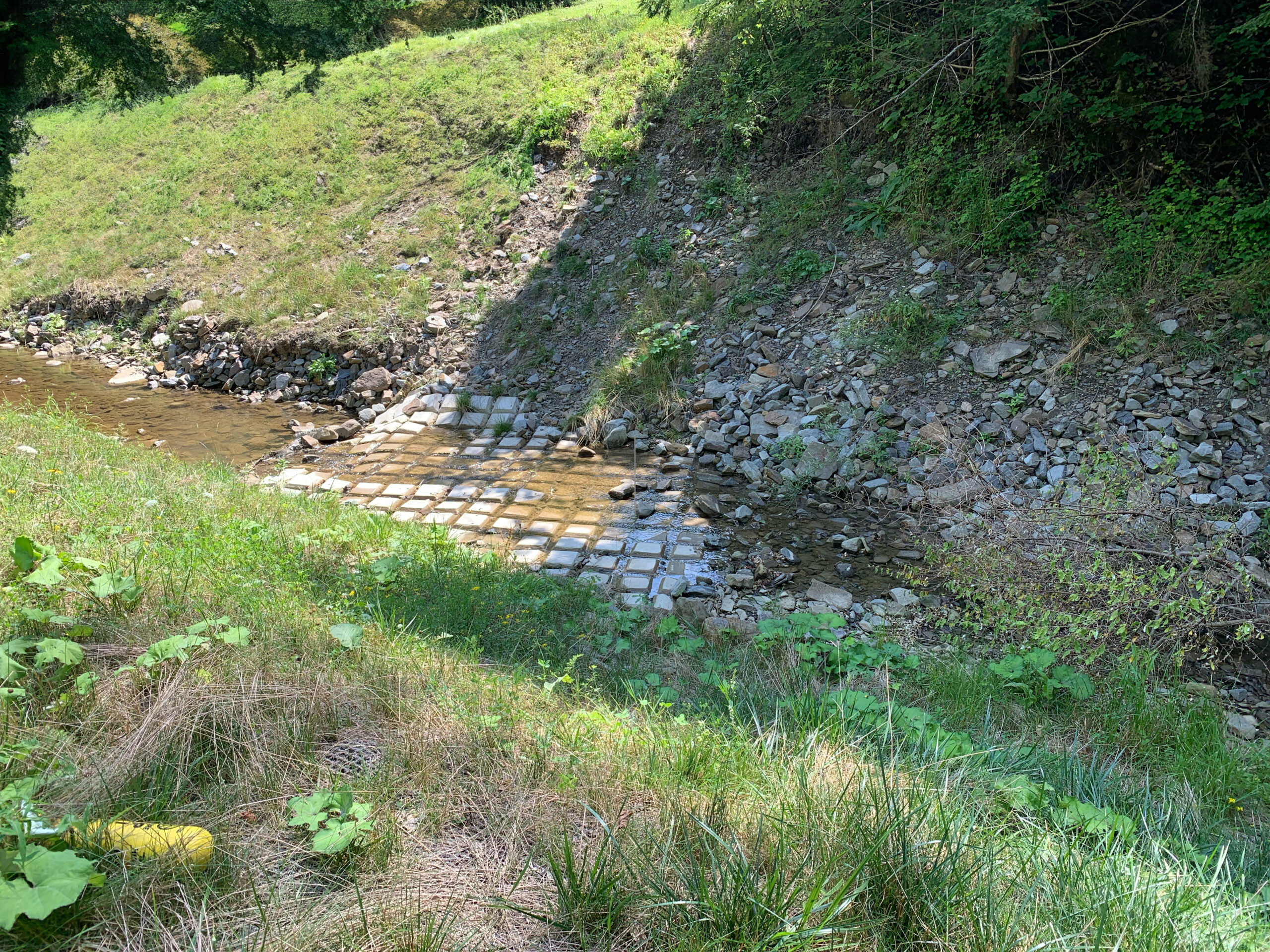A 150-foot wide pipeline right-of-way contained four natural gas pipelines with diameters of 42 inches, 30 inches, and two 36 inches. The two 36-inch pipelines crossed Big Swamp Creek in Covington County, Mississippi. The two 36-inch pipelines had a preexisting grout mat...
A 4-inch natural gas pipeline crosses Brush Run in Beaver County, Pennsylvania in a 40-foot wide right-of-way. The channel bed is composed of clay and rock, while the banks are composed of clay and sand.
A 10-inch natural gas pipeline crosses a tributary to Dilworth Run in Beaver County, Pennsylvania in a 25-foot wide right-of-way. The soil is composed of clay with rock in the channel bed and well-vegetated banks.
A 24-inch natural gas pipeline crosses Little Mulberry Creek in Chilton County, Alabama in a 50-foot wide right-of-way. The soil in the creek bed is composed of clay and sand, and the banks are well-vegetated with trees and grass.
A 10-inch diameter natural gas pipeline crosses a tributary to Big Blue River in Indiana. A headcut -- an abrupt drop in the bed of the channel -- developed in a small drain that flows into Big Blue River and has exposed the pipeline for approximately 11 linear feet and left it suspended for approximately 12 linear feet.
A 20-inch natural gas pipeline crosses Little Sandy Creek in Pontotoc County, Oklahoma. The creek bed is composed of clay, sand, gravel, and riprap. Broken concrete was previously placed on the right-descending bank but has scattered.
In a tributary to West Fork San Jacinto River in Montgomery County, Texas, four pipelines owned by multiple operators were exposed following multiple rain events, including a severe 10-inch rainfall that caused lateral migration and extreme headcutting across the ROW.
An 8-inch diameter propane pipeline crosses Panther Run in Rockton, PA. All-terrain vehicle (ATV) traffic had created several small streams over the pipeline. The channel bed of Panther Run had degraded, and the banks had begun to migrate, leaving the pipeline exposed.
An 8-inch natural gas pipeline crosses an unnamed creek in Tioga County, Pennsylvania in a 50-foot wide right-of-way. The creek bed and banks are composed of clay and rock. The right descending bank of the creek has been eroded due to flooding creating an 8-foot pipeline exposure.
Caitlin Stroud2025-11-17T21:56:07+00:00
Veterans Day
Caitlin Stroud2025-11-17T21:56:07+00:00November 11th, 2025|

